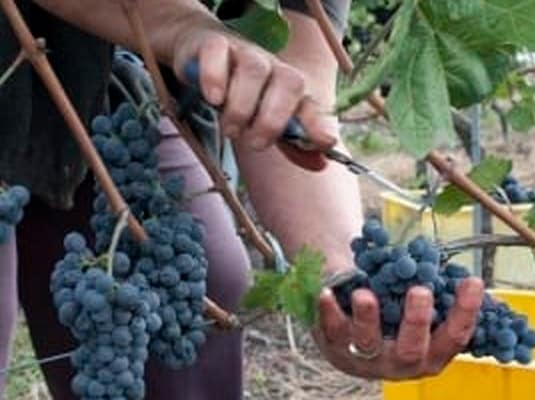Niiws us um Hüüs, Communication 22
We have gone through the first harvest. We were cut off grapes so that the remaining can ripen healthy and cheerful. The next harvest also follows immediately.
Do we even need this crop regulation? Our father always believed that regulation is a permanent task, you do it throughout the year. You do not go at one moment in the year cut off the grapes, which until then you have carefully cared for and protected from disease. And then you just cut them off. The end of this fruit.
Well, times are changing. Wine has evolved from a staple food to a luxury food. Wine techniques have changed and the vine can be better cared for. There has been a great increase in knowledge. And I myself have made the experience that a reduction in quantity increases the quality many times over.
Of course, profitability now comes into play. Is this reduction in volume economically justifiable? For a good 30 years, volume reduction has been considered the be-all and end-all of wine production.
Originally introduced in order to improve the market, rsp. regulate the supply. In retrospect, one has surrendered to mediocrity and many wines of majority quality have emerged. And this in turn has boosted sales. All the beautiful Valais specialties were revived.
The road goes on, a top quality requires lower yields than prescribed by the state and average wines can well tolerate a few grams more, which in turn promotes profitability.
This leads me to the next consideration, does the wine drinker’s happiness lie in a single grape variety? Are overaged Chardonnays, Sauvignon blancs that stink of cat pee, or the berry light Pinots the sole saintly wines for producers and consumers?
No, it’s the diversity!
See you soon.
Amédée



